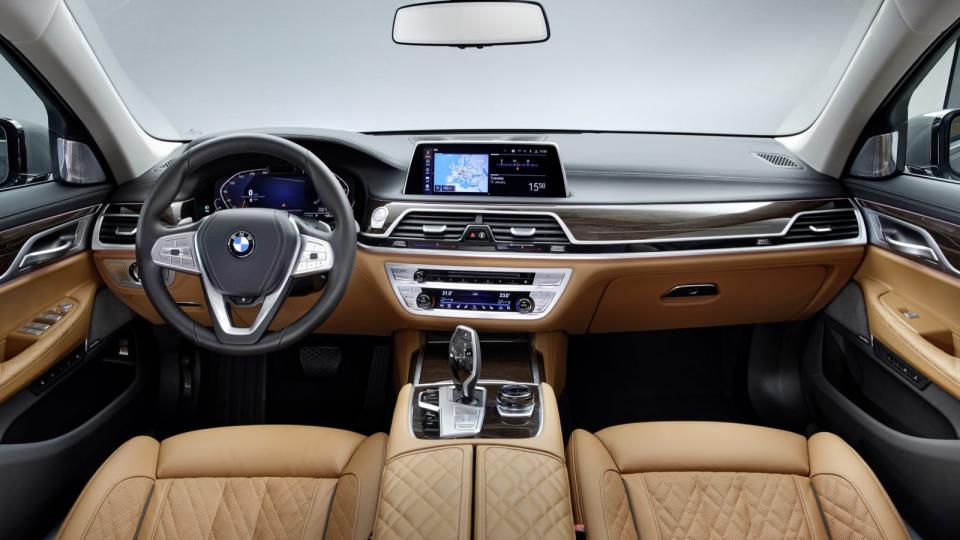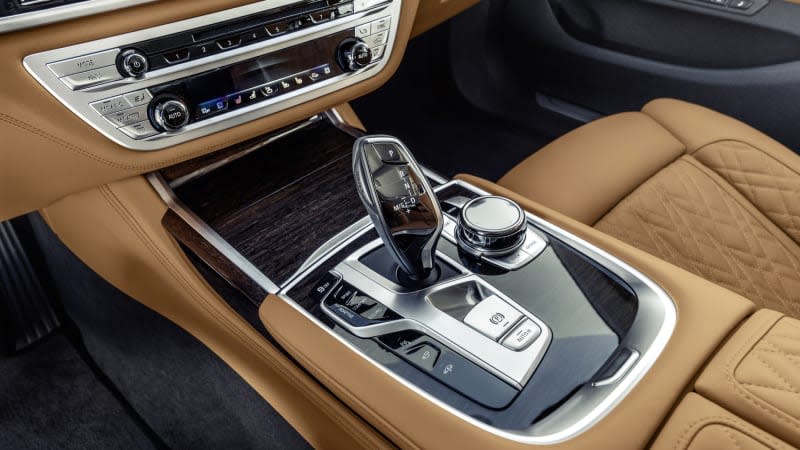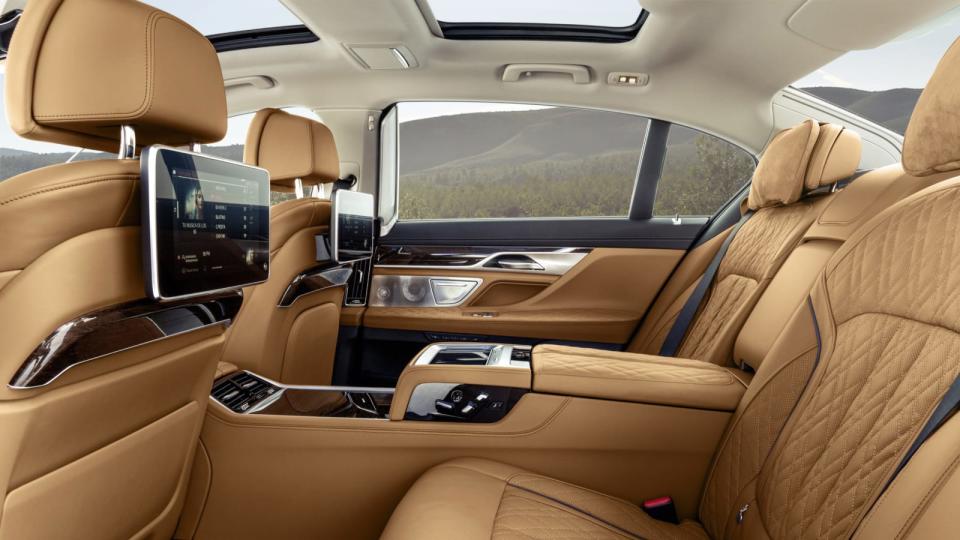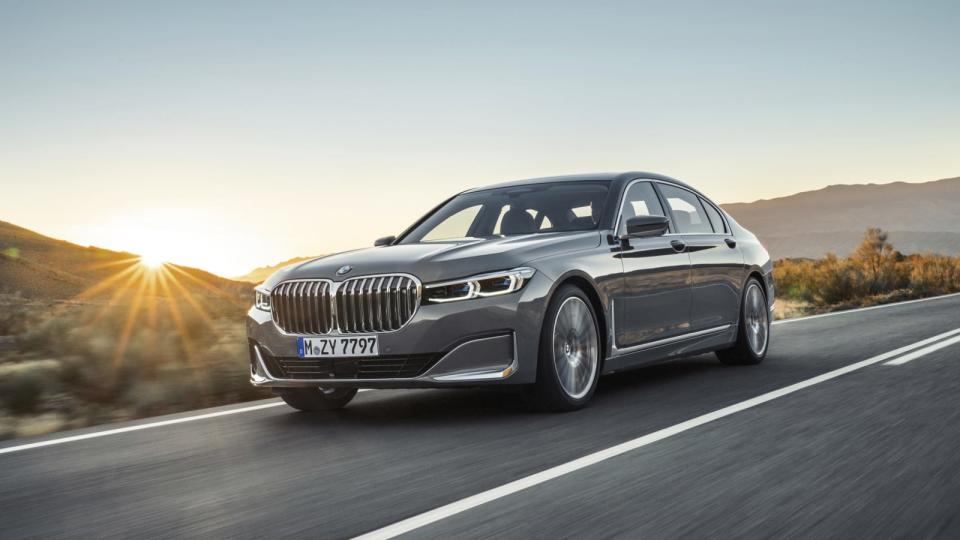2022 BMW 7 Series Review | What's new, price, features, specs

When does a flagship stop being a flagship? That term has long been applied to the BMW 7 Series, but if we were to go by the Wikipedia definition, it doesn't exactly satisfy the criteria any more. The 2022 7 Series is not BMW's largest (that's the X7), fastest (that's the M8 Competition), the most heavily armed (ah, James Bond's 750iL?) or best known (take your pick). So unless an admiral drives one, the 7er is hardly the flagship it used to be.
However, that says more about the rest of BMW's enlarged and wildly diverse lineup. The 2022 BMW 7 Series remains one of the finest cars on the road. It's packed with all the latest technologies and engineering advancements in BMW's arsenal. Its grand size and opulent feature content ensures a driving and riding experience that only a few other cars or SUVs can exceed, and all of those carry names like Rolls-Royce, Bentley and Maybach. It also boasts a full menu of potent powertrain options that can't be matched among competitors, ranging from a plug-in hybrid to a twin-turbo V12. Sadly, the 7 isn't the sporting choice it once was, but if being the most refined and luxurious BMW to drive (or be chauffeured in) was part of that Wikipedia definition, then a flagship it remains.
What's new for 2022?
BMW's biggest sedan is unchanged apart from one feature: a remote-control parking system. Big deal. Bond's 7 Series had that 25 years ago.



What's the 7 Series interior and in-car technology like?
The current-generation 7 Series helped usher in a more overtly luxurious era for BMW interiors, with glitzier materials and a more visually interesting design that move further away from the brand's historic austere norm. While successful in that endeavor, the 7 Series doesn't possess the sort of opulently futuristic vibe of the new Mercedes S-Class. That's a matter of taste, however. In terms of quality, there are certainly no complaints, and there are ample options available to spruce things up like quilted leather seats, an Alcantara headliner and extended wood trim.
And even if it's not quite to the level of the S-Class, the 2022 7 Series is still dominated by technology, with an all-digital instrument panel and 10.25-inch iDrive infotainment display. The latter is a touchscreen, but there's also a redundant control knob and natural voice recognition controls that we discovered work pretty well. Using natural speech, it successfully found a hotel by name on the first attempt.
The back seat can also get its own tech, with an optional pair of massive entertainment screens that come with BMW-branded headphones. Included with them is a tablet integrated into the middle seat armrest that allows passengers to control various vehicle functions.



How big is the 7 Series?
Unlike in the past, there is only one body length for the 2022 7 Series. Effectively, it's the equivalent of the old extended L model, and as a result, you can expect a colossal amount of backseat room. You certainly don't need to opt for the $3,900 Luxury Rear Seating package that adds adjustable, massaging, heated and ventilated outboard seats with squishy headrest pillows – but it certainly doesn't hurt. We tested the 7 Series with and without it, and must say, the extra comfort it affords is well worth the extra cost relative the already lofty price tag.
Above, you can see the three seating configurations. The large, upper image features the available full-length center console. The lower left image is the base back seat. The lower right image is the Luxury Rear Seating package with the fold-down center console that maintains five-passenger capacity.

What are the 7 Series fuel economy and performance specs?
The 2022 BMW 740i models, both with standard rear-wheel drive and optional xDrive all-wheel drive, have a 3.0-liter turbocharged inline-six that produces 335 horsepower and 330 pound-feet of torque. It punches well above its weight class, though, delivering this big sedan from 0-60 mph in a swift 5.3 seconds (according to BMW estimates). Fuel economy is also quite excellent at 22 mpg city, 29 mpg highway and 25 mpg combined with RWD. The addition of xDrive only lowers those figures to 20/27/23. In a week with a 740i xDrive, including a six-hour highway road trip, we managed 28.6 mpg. That's excellent for such a big, powerful sedan.
The BMW 750i xDrive engine is a 4.4-liter turbo V8 good for 523 hp and 553 lb-ft of torque. It hits 60 mph in an absurd estimated 3.9 seconds. Fuel economy drops to 17/24/19 mpg.
The 745e xDrive is a plug-in hybrid consisting of an inline-six engine and an electric motor fed by a 12-kWh lithium-ion battery pack. Combined system output is 330 hp and 389 lb-ft. BMW estimates it'll hit 60 in 4.9 seconds. EPA estimates indicate it'll go 16 miles on its plug-in electric charge, achieve 22 mpg combined thereafter, and is rated at 56 MPGe. Note that its 290 miles of total range is substantially lower than the 740i, which can go more than 550 miles on a tank.
The M760i xDrive has a 6.6-liter turbocharged V12 good for 600 hp and 627 lb-ft of torque. Its 0-60 estimate of 3.6 seconds means it's not that much quicker than the 750i in one respect, but believe us, it'll feel quicker. Fuel economy is 13/20/16 mpg.
And finally, the Alpina B7 has a 4.4-liter turbo V8 specially tuned by BMW's Alpina tuning partner. It produces 600 hp and 590 lb-ft of torque. BMW/Alpina estimate a 0-60 time of 3.5 seconds – yes, quicker than the M760i, probably because its V8 weighs less than a V12. Fuel economy is 17/24/19 mpg.

 Yahoo Autos
Yahoo Autos 

